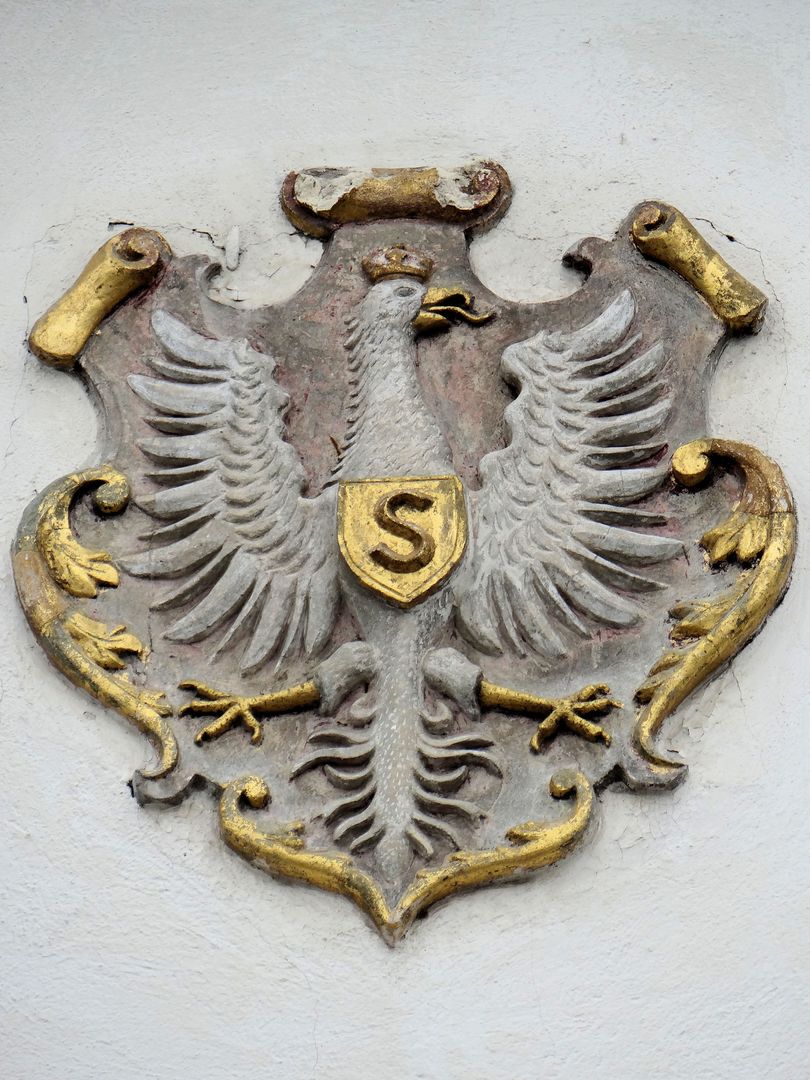Sandomierz Castle
7.92

Overview
The Royal Castle in Sandomierz, built by Casimir III the Great on the Vistula escarpment, is an important monument of Gothic and Renaissance architecture, with a history dating back to the 14th century. Its original structure, featuring an octagonal tower and city walls, was constructed following Lithuanian invasions, and King Casimir the Great spent a total of 25 months at the castle. In later years, the castle underwent a series of expansions, including during the reign of Casimir IV Jagiellon, when new wings and the "chicken leg" tower were added. In 1513, Renaissance renovations began under the direction of Benedykt of Sandomierz, resulting in the creation of arcaded cloisters and the distinctive finishing of the façade. The castle held not only military significance, serving as the seat of the starost and court, but also as a venue for important political and social events, such as alliance treaties. During the Swedish Deluge, the castle was blown up in 1656, an event that shocked the local community and gave rise to numerous legends associated with the site. Following this, the castle underwent a period of reconstruction, and in the 19th century, it was converted into a prison, which influenced its architecture, including a Neoclassical redesign of the façade. In 1986, the castle became the home of the Castle Museum in Sandomierz, which promotes local culture and the historical heritage of the region. Archaeological studies have revealed remnants of early medieval settlement, adding a new dimension to the understanding of the site's history. As a symbol of the region, the castle captivates both tourists and history enthusiasts, standing as an important element of Poland's cultural heritage.
Location
2025 Wizytor | All Rights Reserved